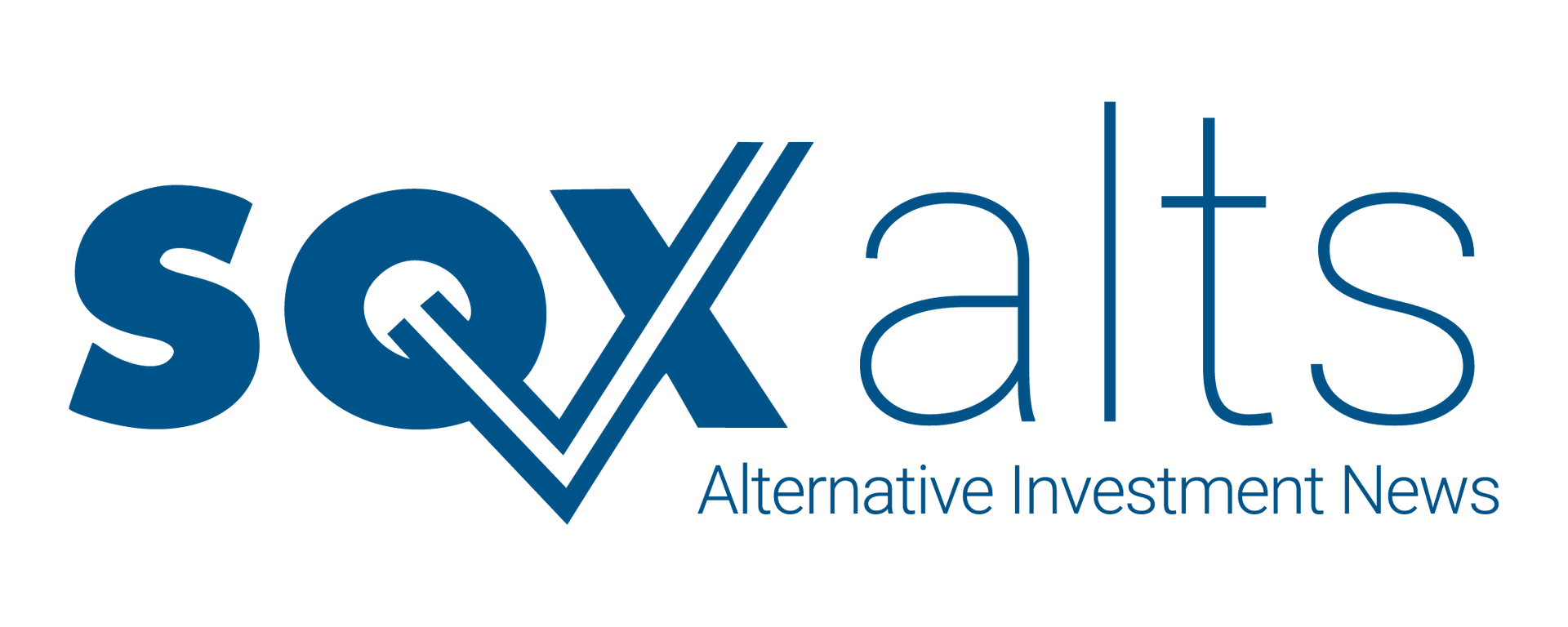Graham’s Core Macro Fund Sees Modest Growth
The fund sees modest growth as new classes are introduced and macro strategies adapt to global volatility.
August 13, 2025

Navigating Growth in a Mixed Environment
Graham Alternative Investment Fund I LLC’s Core Macro Portfolio posted steady progress in the first half of 2025, even as market conditions shifted across asset classes. The latest quarterly report, covering results through June 30, shows that the Fund continued to allocate capital strategically, adjusted to market developments, and maintained operational stability.
Total assets rose to $31.5 million, up from $29.6 million at the end of 2024. That growth came primarily from new capital inflows and positive performance in the first quarter. All investable assets remain allocated to Graham Alternative Investment Trading LLC (GAIT), a separate trading entity under common management. As of June 30, the Fund held a 44.09% interest in GAIT—up slightly from 42.76% at year-end.
Class 0 and Class 2 units continue to make up the bulk of member capital. But what stands out in this report is the growth in Class 3-A and 3-B units. These two newer classes, introduced in March, gained traction quickly. Class 3-A more than doubled in capital during the period, while Class 3-B also saw notable net inflows.
Across all classes, total member capital increased to $30.6 million. The Fund also added over $3.7 million in new subscriptions and processed $2.5 million in redemptions, ending the half-year with a net increase in investor contributions.
Returns Driven by Early Gains, Then a Pause
The Fund reported $688,057 in net income for the six-month period. Most of that came in the first quarter. In Q2, the Fund posted a net loss of $105,498, driven by realized losses on underlying investments in GAIT and a reduction in unrealized gains.
On the income side, the Fund earned $584,540, primarily from its share of GAIT’s investment activity. Expenses landed at $483,684. Advisory and sponsor fees remained consistent with prior periods, but the incentive allocation—calculated based on performance above a high-water mark—came in much lower than last year: $20,502 versus $141,677.
Q2 performance varied across unit classes:
- Class 0: –0.33%
- Class 2: –0.52%
- Class 3-A: +0.23%
- Class 3-B: –0.33%
Over the full six months, Class 0 returned 2.54% and Class 3-A led with a 2.39% gain.
A Look Through to GAIT’s Performance
Since all of the Fund’s capital is deployed through GAIT, outcomes there drive portfolio results. GAIT closed the period with $70.8 million in assets and $69.4 million in member capital. Its investments are spread across three Master Funds and a cash management vehicle, all managed by Graham Capital.
For the six-month period, GAIT delivered $1.67 million in net income, with strong realized gains early in the year offset by volatility in Q2. Performance varied across trading vehicles. Graham Commodity Strategies LLC contributed $2.9 million in gains. Graham Derivatives Strategies LLC added nearly $900,000. Meanwhile, Graham K4D Trading Ltd. saw losses of $2.4 million, driven by positions in fixed income and FX.
GAIT’s expenses totaled $1.04 million, in line with expectations. Incentive allocations dropped year over year to $48,156. This aligns with the reduced profits across Master Funds compared to 2024.
Subscription Trends and Operational Detail
Capital activity remained healthy. Subscriptions were strongest in Class 0 and Class 3-B, while redemptions were modest and did not reflect any unusual member activity. The report also confirms that the Fund added approximately $900,000 in new capital between July 1 and August 12, with just $100,000 in redemptions during that window.
Operationally, the Fund continues to be managed solely by Graham Capital Management, L.P., which oversees both GAIT and the underlying Master Funds. The administrative functions are handled by SEI Global Services, Inc., and all financial reporting adheres to U.S. GAAP.
Fees—including advisory, sponsor, administrator, and incentive charges—are allocated to members based on class and unit ownership. Class 3-A and 3-B units, introduced in 2024, offer different fee structures from Class 0 and 2, and those differences are reflected in both net returns and expenses.
Risk Disclosure and Accounting Updates
The Fund reaffirmed its risk disclosures related to geopolitical instability, natural disasters, and other external events. These risks are not new, but they remain relevant for macro-focused strategies operating across global derivatives markets.
On the accounting front, the Fund adopted FASB’s new segment reporting requirements (ASU 2023-07) for its year-end 2024 report. The implementation did not impact its financial results but required expanded disclosures to clarify how the Fund is managed and evaluated by its internal decision makers.
What to Expect Going Forward
The Fund’s investment structure remains unchanged. All trading exposure continues to run through GAIT, and GAIT’s capital remains spread across global macro and systematic strategies. While Q2 introduced some performance pressure, especially in K4D Trading, the broader allocation mix helped reduce volatility in member returns.
Looking ahead, new capital activity in July and August indicates investor confidence in the Fund’s approach, even with macro uncertainty still in play. The portfolio’s combination of systematic strategies, global asset class coverage, and fee differentiation by class provides flexibility to respond to changing markets.
As new capital is deployed and trading conditions evolve, the Fund’s returns will continue to track closely with the composition and performance of GAIT’s underlying Master Funds. For now, Graham’s Core Macro Portfolio is holding its ground—adapting to volatility while continuing to attract investor interest.
Share
Read More Articles


